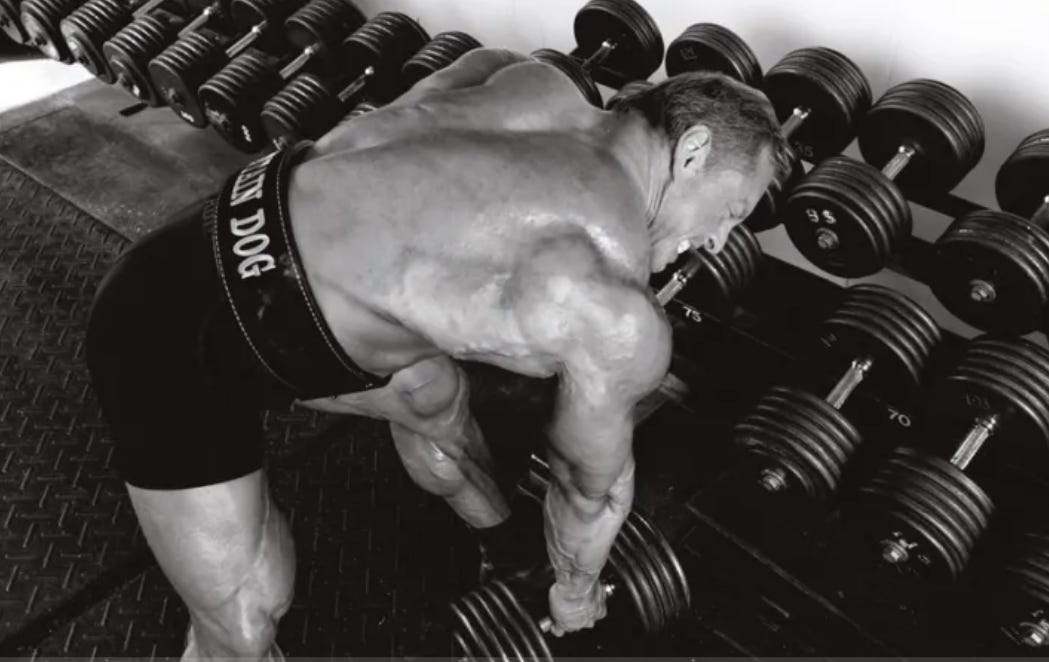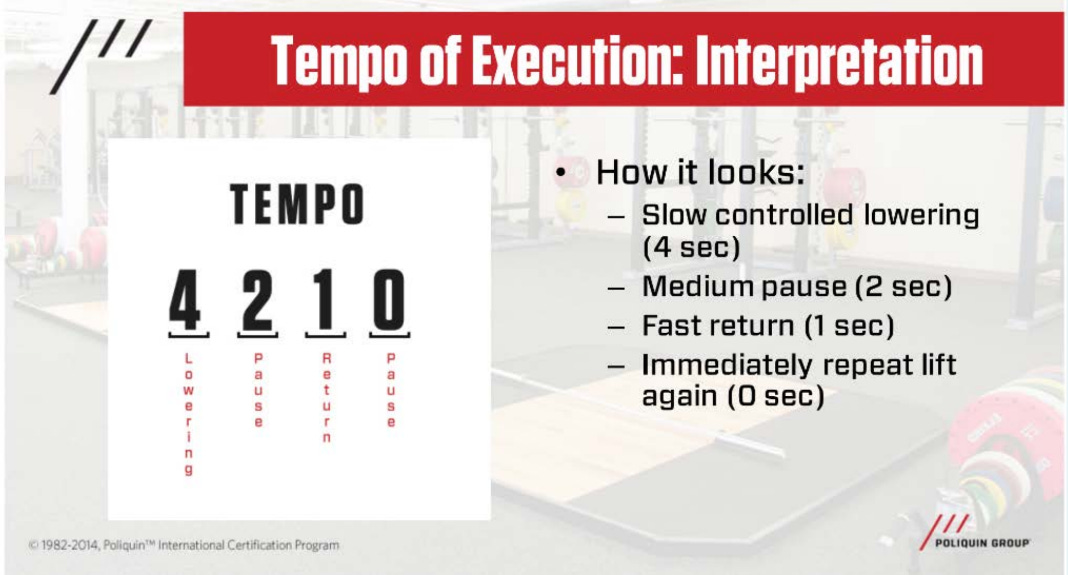Hypertrophy: : exaggerated growth or complexity
Hypertrophy = Muscle gain in the context of this article. Muscle hypertrophy has a couple primary mechanisms including metabolic stress, mechanical tension, & muscle damage. Metabolic stress is essentially “the pump”, it’s the burning feeling in your muscles you feel with especially higher rep sets. Mechanical tension is simply the load placed on the muscles. Typically, greater loads will cause greater mechanical tension provided everything else stays the same (form, range of motion, tempo, etc.)
Muscle damage on the other hand is the actual breakdown of the muscle fiber and is primarily influenced by 3 factors: higher forces, longer muscle lengths, and larger ranges of motion (Source: Chris Beardsley). Keep in mind, muscle damage doesn’t ALWAYS cause hypetrophy. You can damage a muscle for example with physical trauma (me hitting you with a baseball bat because you ate that dessert that wasn’t on your diet plan. You know who you are). It is however a contributer, along with metabolic stress, to muscle hypertrophy.
More muscle damage isn’t necessarily better either. ‘Stimulate don’t annihilate’ is a good rule of thumb, but still train hard. Smart training can also be hard training. Some days you’ll over do it, and that’s totally fine, it takes time to find a training volume you can sustain. Find an intensity and volume for training you can sustain without injury, while making continous small progress, and adequately recovering (not being sore for more than 2-3 days).
Higher Forces
How do we produce higher forces? Add weight, add velocity by moving weights faster either eccentrically (lowering) or concentrically (lifting), or by increasing force at longer muscle lengths (think of movements that require greater stretches or are performed more distally from the body).
Longer Muscle Lengths / Ranges of Motion (ROM)
These two things could be different but they’re related. The more you can stretch a muscle the more damage you can cause to the myofibril. You’ll often see bodybuilders doing exercises like dumbbell flys, deep hack squats, or preacher curls for this reason. They’re usually able to get a larger stretch with these movements.
The Workout
This is a John Meadows (Rest in Peace) style chest training session. You can find more of John’s awesome content here.
Warmup 3 Rounds
Pushup on Rings (pull the chest together at the top) 3 x 10-15
Pec Minor Dips 3 x 10
Band Pullapart 3 x 15
Training
A1. Incline Bench Press, 30 degrees, 4 x 6-8, 3010, 2-3 min rest b/t sets
B1. Hammer Strength Chest Press w/ Band, Decline, 4 x 8-12, 2110
B2. Deficit Pushups (hands elelvated 3-6’) 4 x MAX, 2110, 1-2 min rest
C1. Gironda Dips/Assisted Dips 2 x 10-12, 2010
C2. Dumbbell Flye 3 x 15, 3110, 1-2 min rest
FAQ: “What does 2010 mean?”





